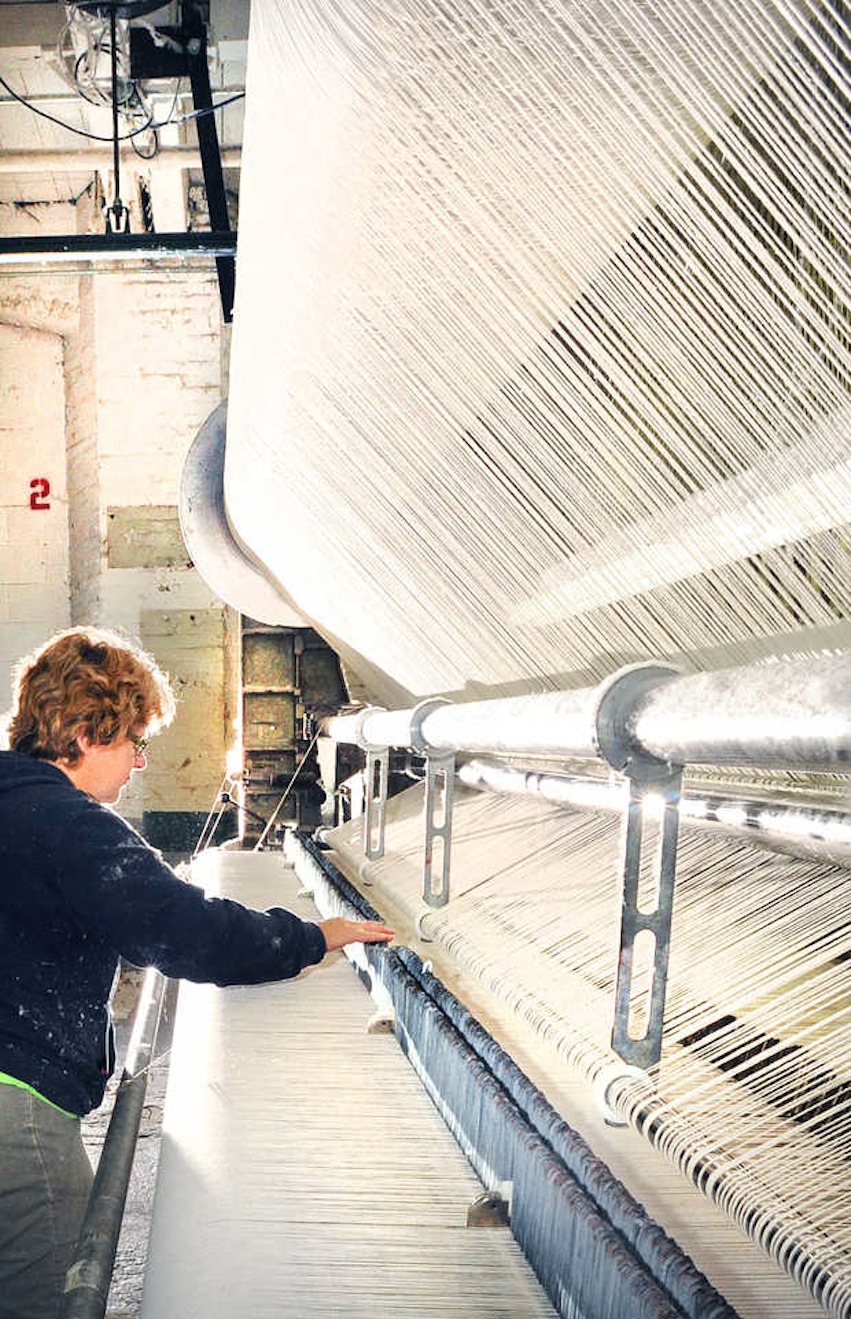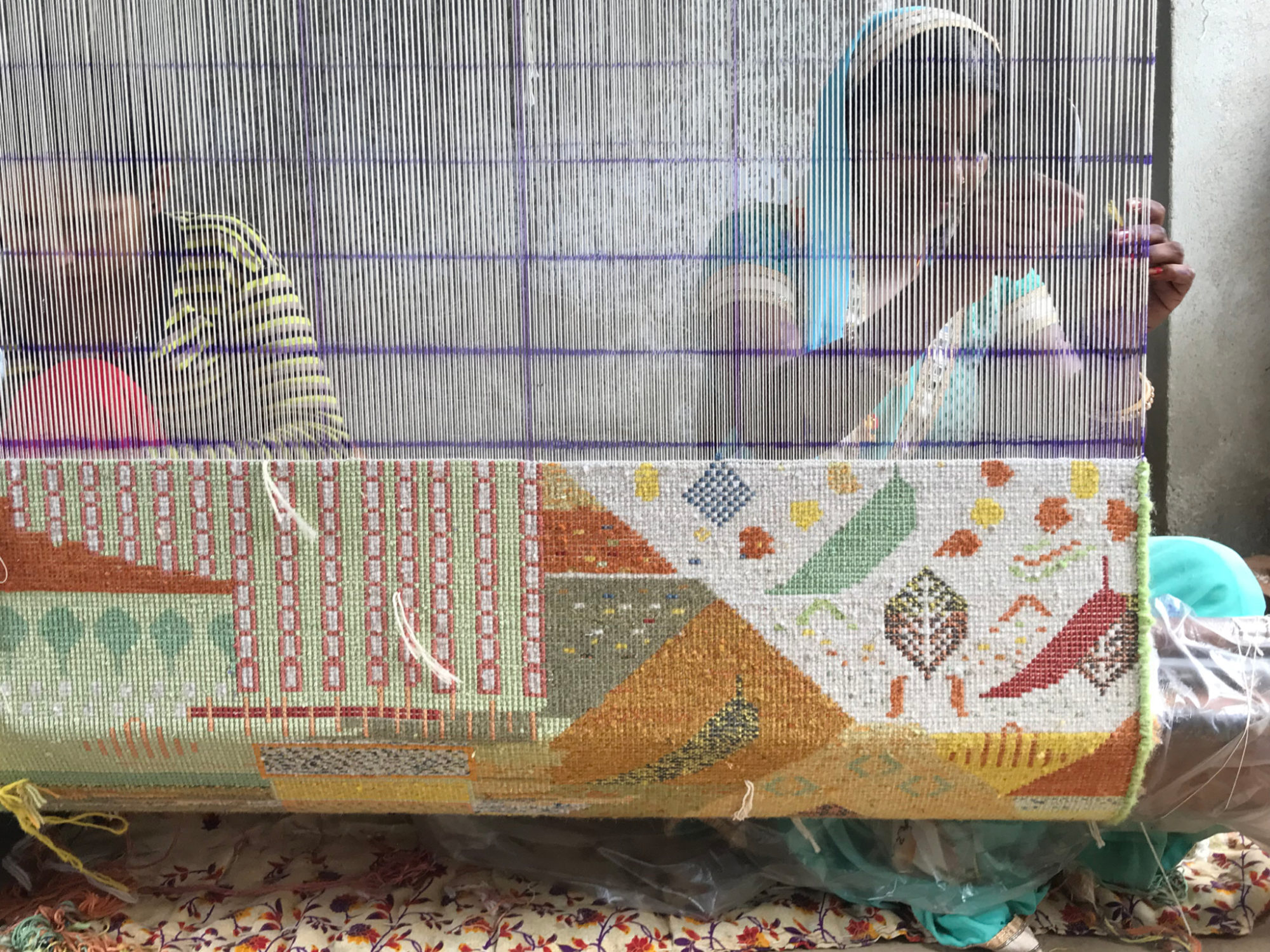
Celebrating Tradition: The 10th National Handloom Day in New Delhi
The vibrant fabric of India’s culture celebrates yet another milestone with the upcoming 10th National Handloom Day, scheduled for August 7, 2024, at Vigyan Bhawan, New Delhi. This event, aimed to honor the nation’s esteemed handloom weavers, will see the presence of several dignitaries, including the Vice President of India, Jagdeep Dhankhar, as the Chief Guest.
The rich heritage of Indian handloom weaving will be highlighted in various activities across the nation.
Union Textiles Minister Giriraj Singh and Minister of State for External Affairs and Textiles, Pabitra Margherita, will also grace the occasion, alongside Members of Parliament, industry representatives, and over 1,000 weavers from diverse regions of the country. The gathering aims not just to celebrate but to rejuvenate pride in the handloom craft that has woven the socio-economic fabric of India.
An important aspect of this year’s celebrations is the presentation of the Sant Kabir awards and National Handloom awards, recognizing those who have immensely contributed to the handloom sector. These awards symbolize a deep-seated appreciation for the artisans who keep traditional crafts alive.
Further heightening the cultural significance of the day, a coffee table book titled “Parampara - Sustainability in Handloom Traditions of India” will be unveiled, reflecting the ethos of sustainability within Indian handloom practices. This is a notable effort to preserve and promote the handloom traditions, keeping them relevant in today’s context.
A Historic Context to the Celebrations
The origins of National Handloom Day date back to August 7, 2015, as part of the Indian government’s initiative to honor handloom weavers and promote indigenous textiles. The date is purposely significant; it commemorates the Swadeshi Movement, which began on the same day in 1905, aiming to empower local industries, especially the handloom sector. This day acts as a reminder of the importance of supporting indigenous craftsmanship, which reflects the cultural ethos and identity of India.
 Handloom weaving is a crucial element of India’s rich cultural heritage.
Handloom weaving is a crucial element of India’s rich cultural heritage.
In his vision, Prime Minister Narendra Modi emphasized the need to acknowledge and uplift the handloom sector, which plays a critical role in India’s socio-economic development. National Handloom Day serves as a platform to amplify the voices of weavers, ensuring their contributions receive the recognition they deserve.
Activities Across the Nation
As part of the 10th National Handloom Day celebrations, various activities are scheduled across all states and Union Territories, shining a spotlight on the traditional craft. Workshops, exhibitions, and fashion shows featuring handloom products will be organized to foster greater awareness around this noble profession. The emphasis will be on drawing attention to the artistry and skills involved in handloom weaving, which has been passed down through generations.
“The handloom sector not only embodies our traditions but also lays the foundation for economic development,” remarks a representative from the textiles ministry. Recognizing and promoting this sector can play an influential role in preserving our rich heritage.
Impact and Future of Handloom Weaving
The handloom industry is integral to India’s heritage and economy, providing livelihood to millions of artisans. However, with the advent of synthetic fabrics and mass-produced textiles, the sector faces significant challenges. Events like National Handloom Day help in bridging this gap by reviving interest and investments in the handloom sector. Educating the masses about the environmental sustainability of handwoven fabrics also encourages conscious consumerism.
 The dedication of artisans to their craft is a testament to India’s rich textile tradition.
The dedication of artisans to their craft is a testament to India’s rich textile tradition.
In an era where sustainability is crucial, promoting handwoven products not only supports local artisans but also aligns with global trends favoring eco-friendly practices. By raising awareness, the government aims to inspire a new generation of weavers and consumers, ensuring the survival and growth of this indispensable industry.
In conclusion, as the nation gears up for the 10th National Handloom Day, it is also an opportune moment to reflect on the enduring significance of the handloom sector. With initiatives to celebrate and uplift these artisans, the event promises to be a compelling narrative of resilience, heritage, and unity in diversity.
Weaving a better future starts with recognizing the past, and National Handloom Day serves as a reminder of the threads that bind us all together.









